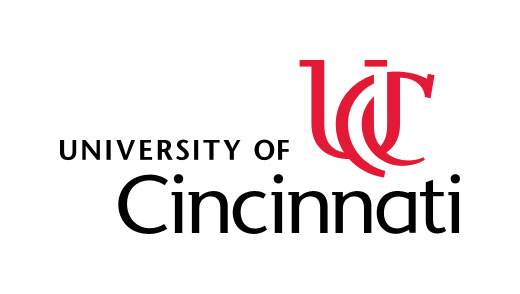A Phase 2 Evaluation of TRC105 In Combination With Bevacizumab in Patients With Glioblastoma
| Status: | Completed |
|---|---|
| Conditions: | Brain Cancer |
| Therapuetic Areas: | Oncology |
| Healthy: | No |
| Age Range: | 18 - Any |
| Updated: | 2/9/2018 |
| Start Date: | May 2012 |
| End Date: | June 2015 |
A Phase 2 Evaluation of TRC105 In Combination With Bevacizumab for the Treatment Of Recurrent or Progressive Glioblastoma That Has Progressed on Bevacizumab
The purpose of this study is to evaluate the safety and efficacy of TRC105 in patients with
recurrent or progressive glioblastoma after prior antiangiogenic therapy (including anti-VEGF
therapy)
recurrent or progressive glioblastoma after prior antiangiogenic therapy (including anti-VEGF
therapy)
Angiogenesis plays a central role in the progression of solid cancer. TRC105 is an antibody
to CD105, an important non-VEGF angiogenic target on proliferating endothelial cells. TRC105
inhibits angiogenesis, tumor growth and metastases in preclinical models. TRC105 has been
well tolerated in patients with glioblastoma (GBM) as a single agent. The combination of
TRC105 in combination with bevacizumab has demonstrated activity in bevacizumab refractory
cancer patients. We hypothesize that TRC105 when administered with bevacizumab will have
activity in GBM patients who progress on bevacizumab. By targeting a non-VEGF pathway, TRC105
has the potential to complement VEGF inhibition by bevacizumab, which could represent a major
advance in GBM therapy.
to CD105, an important non-VEGF angiogenic target on proliferating endothelial cells. TRC105
inhibits angiogenesis, tumor growth and metastases in preclinical models. TRC105 has been
well tolerated in patients with glioblastoma (GBM) as a single agent. The combination of
TRC105 in combination with bevacizumab has demonstrated activity in bevacizumab refractory
cancer patients. We hypothesize that TRC105 when administered with bevacizumab will have
activity in GBM patients who progress on bevacizumab. By targeting a non-VEGF pathway, TRC105
has the potential to complement VEGF inhibition by bevacizumab, which could represent a major
advance in GBM therapy.
Inclusion Criteria:
1. Patients with histologically confirmed glioblastoma, recurrent after prior
external-beam fractionated radiotherapy and temozolomide chemotherapy.
2. Patients with documented radiographic progression following bevacizumab therapy for
treatment of glioblastoma.
3. Patients with up to 3 prior recurrences are allowed.
4. Karnofsky performance status ≥ 70%.
5. Age ≥ 18 years old.
6. Normal organ function
Exclusion Criteria:
- Patients who have had previous treatment with TRC105.
- Patients who have undergone major surgery (e.g. intra-thoracic, intra-abdominal or
intra-pelvic), open biopsy or significant traumatic injury ≤ 4 weeks prior to starting
study drug, or patients who have had minor procedures, percutaneous biopsies or
placement of vascular access device ≤ 1 week prior to starting study drug, or who have
not recovered from side effects of such procedure or injury
- Patients with cirrhosis, or active viral or nonviral hepatitis.
- Patients with active bleeding or pathologic conditions that carry a high risk of
bleeding,(i.e. hereditary hemorrhagic telangiectasia).
- Patients who are currently receiving anticoagulation treatment
- Patients unwilling or unable to comply with the protocol
We found this trial at
4
sites
University Hospitals of Cleveland The history of University Hospitals Case Medical Center is linked to...
Click here to add this to my saved trials
Cleveland Clinic Cleveland Clinic is committed to principles as presented in the United Nations Global...
Click here to add this to my saved trials
University of Cincinnati The University of Cincinnati offers students a balance of educational excellence and...
Click here to add this to my saved trials
Ohio State University The Ohio State University’s main Columbus campus is one of America’s largest...
Click here to add this to my saved trials



